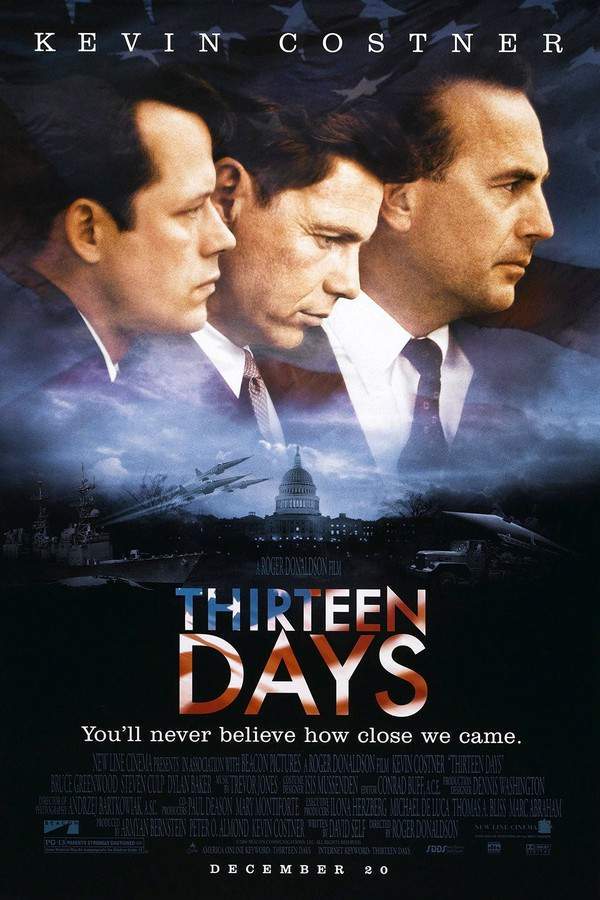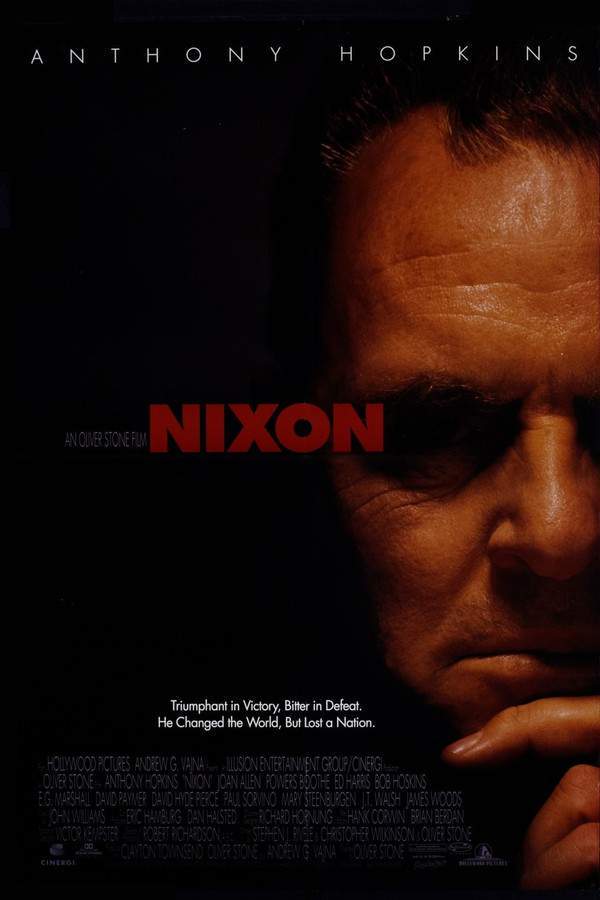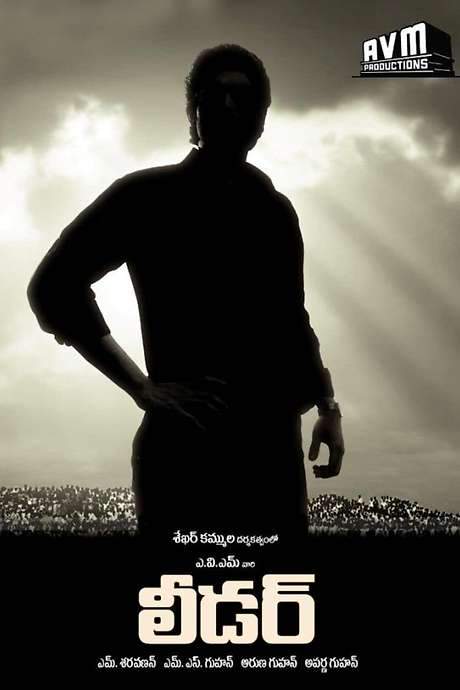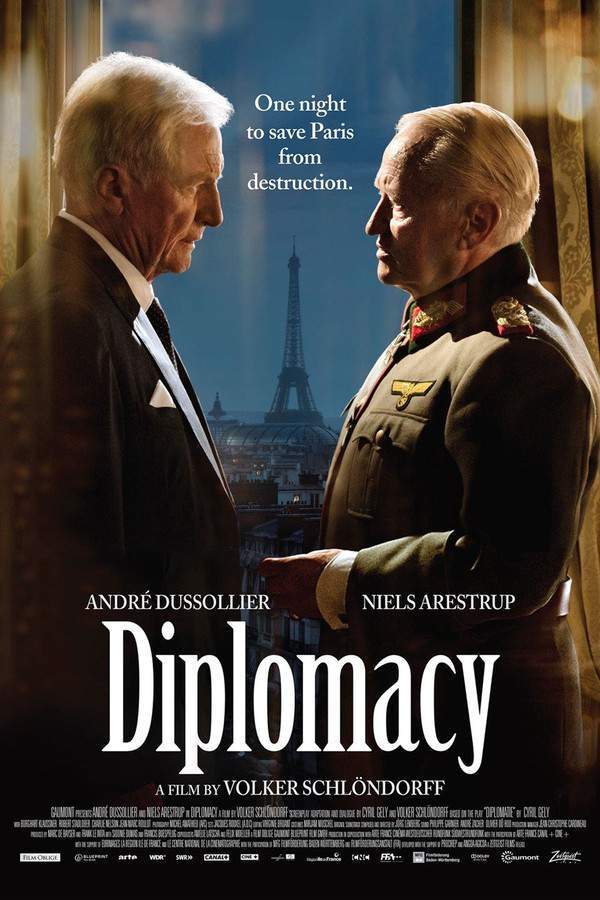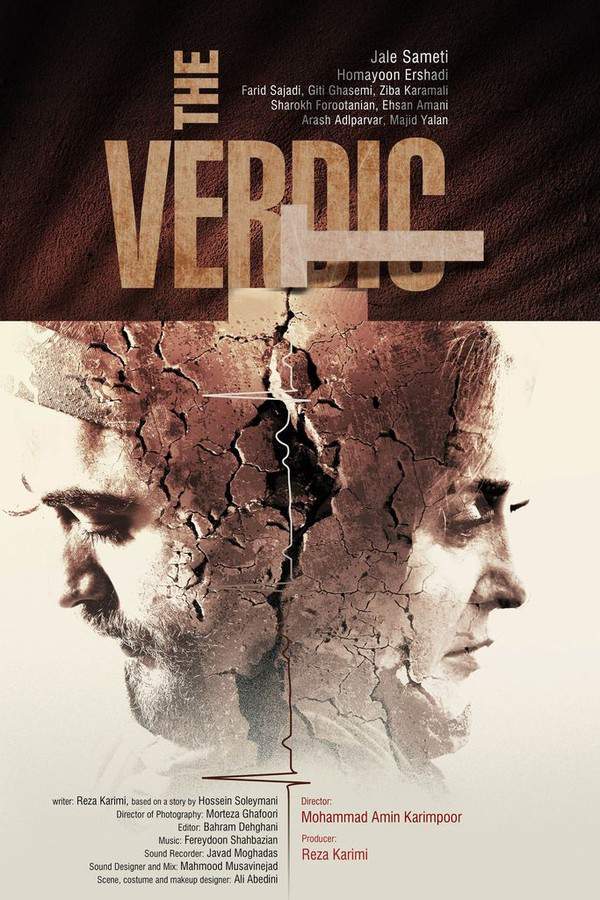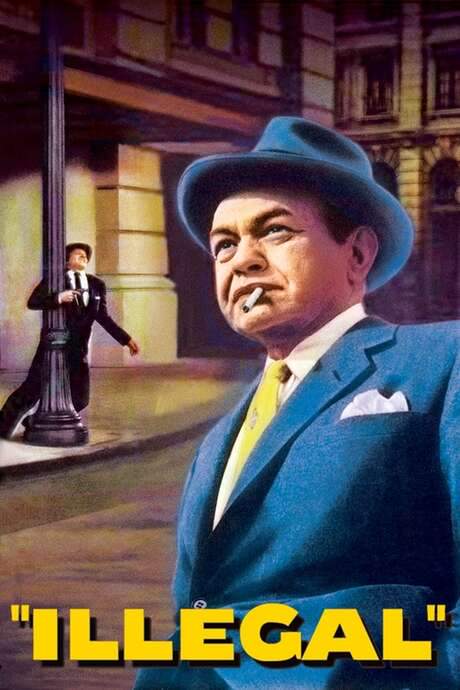
All the Way
Year: 2016
Runtime: 132 mins
Language: English
Director: Jay Roach
This film chronicles Lyndon B. Johnson’s intense 11-month period following John F. Kennedy’s assassination. It depicts his struggle to pass the landmark 1964 Civil Rights Act and his subsequent campaign for the presidency. The story culminates on the night of his election, marking his transition from a reluctant successor to a fully elected leader.
Warning: spoilers below!
Haven’t seen All the Way yet? This summary contains major spoilers. Bookmark the page, watch the movie, and come back for the full breakdown. If you're ready, scroll on and relive the story!
All the Way (2016) – Full Plot Summary & Ending Explained
Read the complete plot breakdown of All the Way (2016), including all key story events, major twists, and the ending explained in detail. Discover what really happened—and what it all means.
In 1963, Lyndon B. Johnson, Bryan Cranston, steps into the Presidency after John F. Kennedy’s assassination, carrying the weight of a nation hungry for change and buoyed by the steady support of his wife, Lady Bird Johnson Melissa Leo. He enters the White House with a clear, ambitious dual program: push the landmark Civil Rights Act through Congress without weakening amendments, and launch an expansive War on Poverty designed to redefine opportunity for millions. The political landscape is fragile, with Southern Democrats led by Richard Russell Jr. and other traditionalists prepared to pull the party apart if the bill passes, while Republicans and fence-sitters fashion amendments that could dilute the very essence of liberal reform. The pressure is immense, and Johnson must navigate a tightrope between principle and pragmatism as activists, legislators, and party factions maneuver around him.
On the civil rights front, Martin Luther King Jr., Anthony Mackie, presses relentlessly for a bill that ends segregation and protects voting rights, urging the president to resist concessions that would undermine core guarantees. The opposition within the Senate is formidable: Richard Russell Jr., Frank Langella, mobilizes Southern sentiment and threat of party realignment, making it feel as though passage could come only at a heavy political price. Yet voices from across the nation rally for courage in Congress, and Johnson weighs the political implications of every compromise. The debate is not merely procedural; it is a clash of idealism against political calculus, with each amendment and procedural maneuver carrying the weight of history and the potential to redefine American democracy.
Concurrent with the civil rights struggle, Johnson embraces a domestic reform agenda aimed at wiping away the shadow of poverty. The administration pitches a comprehensive War on Poverty, a program designed to lift families out of the cycle of deprivation through jobs, education, and social support. The effort reflects Johnson’s conviction that civil rights and economic opportunity must go hand in hand, even as it tests the patience and resources of a nation already stretched by social upheaval. The strategy requires not only legislative wins but sustained administrative execution, a challenge that tests the White House’s capacity to translate ambitious policy into tangible change for millions of Americans.
Internationally, the administration responds to the Gulf of Tonkin incident with a sense of urgency and caution. Johnson seeks a congressional resolution endorsing reprisal against North Vietnam, aware that military action could become a defining episode of his presidency. The decision is framed as a response to aggression, yet it also carries the risk of widening a war and mobilizing public opinion in ways that could shape the political climate for years to come. The senior leadership grapples with how to demonstrate resolve without overstepping constitutional authority or squandering the mandate for social reform at home.
As 1964 approaches, Johnson faces a high-stakes contest for re-election against Barry Goldwater. The campaign climate is complicated by the Freedom Summer movement, which intensifies the rift within the Democratic Party between its liberal northern wing and the Southern Dixiecrat faction. The Democratic National Convention in Atlantic City becomes a focal point for national reconciliation—though Mississippi itself sends two delegations, each claiming legitimacy and threatening walkouts. The Mississippi delegation, rooted in the Dixiecrat movement, and the Mississippi Freedom Democratic Party (MFDP) both push for a seat at the table, yet Johnson’s compromise proposal—designed to placate Southern leaders while offering concessions to the MFDP—fails to satisfy either side, leaving tensions unresolved and deeply personal for many involved.
Within the White House, Johnson’s political instincts are tested by the delicate balance of party loyalty and moral duty. He hammers Goldwater in the public sphere, painting the Republican challenger as a dangerous extremist whose policies might jeopardize global stability. Yet inside the party, loyalties fray as the civil rights coalition and the traditionalists vie for influence, complicating the path to victory. The administration also assigns J. Edgar Hoover to investigate the murders of Chaney, Goodman, and Schwerner in Mississippi, a task that people watch closely for indications about national security and the persistence of violent resistance. Hoover’s leadership style, marked by caution and suspicion, adds another layer of tension to a presidency already navigating a precarious political weather.
The personal side of power is never far from view. Johnson’s trusted aide and friend, Walter Jenkins, becomes the subject of scandal when he is arrested for disorderly conduct after an incident in a public restroom. The episode forces Johnson into a difficult conversation with Hoover about screening and security, highlighting how personal lives can collide with public duty in ways that threaten, or at least complicate, the administration’s coherence. The moral complexity of leadership—how to balance privacy, security, and public trust—permeates the narrative as Johnson faces the consequences of political and personal decisions.
Meanwhile, King receives a monumental acknowledgement for his work when he is awarded the Nobel Peace Prize, a moment that underscores the enduring impact of the civil rights movement even as the political shadows lengthen. Hoover responds with a chilling, anonymous letter urging King to commit suicide, an act of intimidation that King meets with measured resolve rather than fear. The episode exemplifies the stark contrasts of the era: monumental progress celebrated in the name of justice, countered by ruthless attempts to intimidate and derail reform.
Ultimately, Johnson secures a decisive victory in the election, but the political landscape remains unsettled—especially in the Deep South, where the costs of realignment linger. A final phone call with Richard Russell prompts a reflection on power, paranoia, and the fragility of alliances. The presidency closes an era defined by ambition and upheaval, leaving a lingering sense of how far the nation has come and how precariously it treads as it moves toward a broader, more inclusive future.
Overall, the film paints a sweeping portrait of a transformative period in American history, anchored by the strenuous negotiations that shaped civil rights, poverty alleviation, and U.S. foreign policy. It presents a nuanced, fact-based look at the imperative of leadership under pressure, the moral urgency of reform, and the enduring tension between ideological idealism and pragmatic politics. The narrative remains rooted in the real stakes of the era, offering a thoughtful, immersive, and broadly illuminating exploration of a pivotal chapter in the nation’s story.
Last Updated: October 09, 2025 at 15:18
Explore Movie Threads
Discover curated groups of movies connected by mood, themes, and story style. Browse collections built around emotion, atmosphere, and narrative focus to easily find films that match what you feel like watching right now.
Intense historical political dramas like All the Way
Intense stories of leaders wrestling with world-changing decisions in times of crisis.For viewers who enjoyed the high-pressure political world of All the Way, this collection features movies like it. These historical dramas delve into the corridors of power during critical moments, showcasing leaders navigating immense pressure, moral compromise, and world-altering decisions in a tense and serious atmosphere.
Narrative Summary
Stories in this thread typically follow a leader or central figure through a condensed, high-pressure period where the fate of a nation or a major social issue hangs in the balance. The narrative unfolds through a series of strategic battles—political, legislative, or diplomatic—where personal flaws, external threats, and moral dilemmas constantly test the protagonist's resolve.
Why These Movies?
These films are grouped together because they share a specific blend of historical gravitas, tense political maneuvering, and a focus on the heavy burden of leadership. They create a similar viewing experience of being immersed in a high-stakes, serious atmosphere where every decision carries immense weight.
Movies with bittersweet victories like in All the Way
Stories where hard-won success is shadowed by sacrifice and unresolved consequences.If you appreciated the complex ending of All the Way, where triumph is tempered by cost, explore these similar films. These stories feature protagonists who achieve their goals but are left grappling with the moral price paid, personal losses endured, or the precarious nature of their hard-won progress.
Narrative Summary
The narrative pattern revolves around a protagonist striving for a noble or necessary goal against great odds. The climax involves achieving that goal, but the resolution deliberately undercuts pure celebration by highlighting the collateral damage, personal compromises, or new challenges spawned by the victory, creating a poignant and realistic emotional conclusion.
Why These Movies?
Movies are grouped here based on their shared emotional arc and ending feel. They deliver a satisfying yet sobering conclusion that acknowledges achievement while refusing to ignore the complexities and costs involved, resulting in a deeply resonant and thought-provoking experience.
Unlock the Full Story of All the Way
Don't stop at just watching — explore All the Way in full detail. From the complete plot summary and scene-by-scene timeline to character breakdowns, thematic analysis, and a deep dive into the ending — every page helps you truly understand what All the Way is all about. Plus, discover what's next after the movie.
All the Way Timeline
Track the full timeline of All the Way with every major event arranged chronologically. Perfect for decoding non-linear storytelling, flashbacks, or parallel narratives with a clear scene-by-scene breakdown.

Characters, Settings & Themes in All the Way
Discover the characters, locations, and core themes that shape All the Way. Get insights into symbolic elements, setting significance, and deeper narrative meaning — ideal for thematic analysis and movie breakdowns.

All the Way Spoiler-Free Summary
Get a quick, spoiler-free overview of All the Way that covers the main plot points and key details without revealing any major twists or spoilers. Perfect for those who want to know what to expect before diving in.

More About All the Way
Visit What's After the Movie to explore more about All the Way: box office results, cast and crew info, production details, post-credit scenes, and external links — all in one place for movie fans and researchers.




